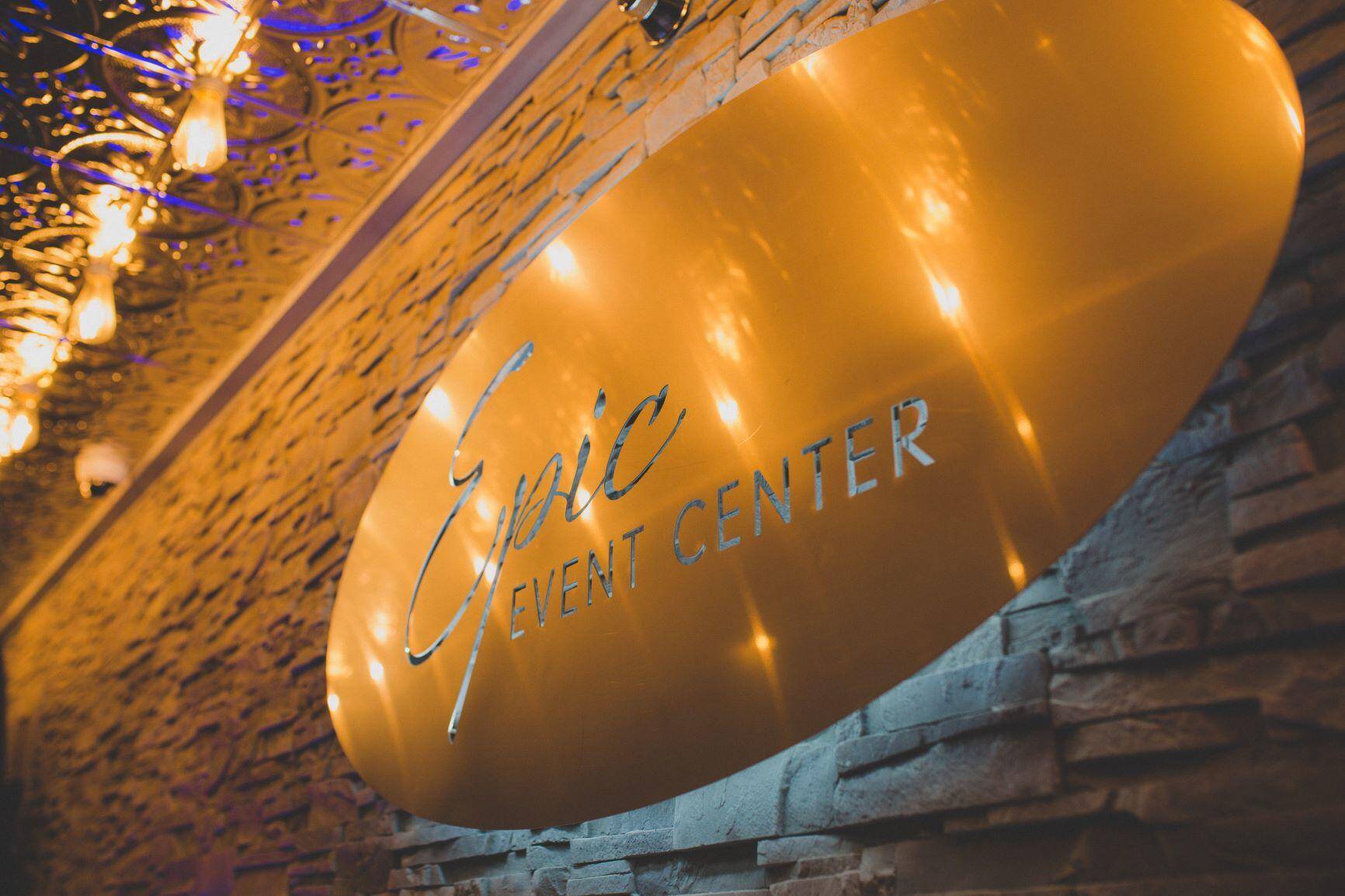
Contrary to popular belief, branding involves more than just the logo design. There are many aspects of creating a brand identity. Arguably, the most important aspect is visual identity. The visual identity of a brand includes the logo and so much more.
What is the difference between branding and visual identity?
The visual identity is the aspect of branding that leads the audience to associate certain feelings and experiences with the brand. It includes logo design, fonts, photos, videos and any other visuals that you use to communicate your brand. Therefore, visual identity should evoke an emotion. This allows your audience experience the brand and motivates them to follow your story.
We recently collaborated with Epic Event Center to create the brand and visual identity for the event space. While the target audience for the venue is engaged couples, the versatility of the space allowed for a wide range of possibilities. So, instead of just focusing on what brides like, we focused on the experience of event attendees of any occasion whether it be corporate events or live music. What do event attendees remember the most about an event venue? We arrived at a versatile logotype mark with a visual identity centered around lighting and venue elements that create a mood.
With a name like EPIC it was important to keep the typeface simple. We added a contrast of script and Neo-Grotesque type to accomplish a balance of masculine and feminine mood with the knowledge that lighting effect would make it “pop”. Elements such as up-lighting, string lights that look like a starry night, built in stage with color changing light effects, and fountains in the pond that light up with color. When you attend an event at Epic, you will truly experience the venue.
How to define your visual identity?
When a new business is ready for a logo, there are a range of things that are consistently overlooked. Remember, branding involves more than just the logo. It is only a part of the greater visual identity. So, we’ve come up with some of the things that are consistently overlooked when creating a visual identity.
- Your Audience: If you know your audience you will know what speaks to them and therefore, know how to communicate with them. This includes demographic information as well their personalities, lifestyles and day-to-day concerns.
- Your Unique Culture: Know who you are and what you stand for. This can be the most difficult part for businesses to define internally which is why larger companies often opt for an outside party (studio or agency) to do this for them. Often the executives and employees are too close to the brand to take a deeper look.
- Brand Assets: Create a list of all of the things that the logo will be seen on. This can include website, business cards, images, videos, vehicles, product, etc. The logo design needs to take all of these uses into consideration.
- Logo Design Timeline: Do not rush through the logo design. Take the time and care to design a logo that will stand the test of time. In this way, the logo will have the ability to adapt as your brand story evolves.
- Consistency: Without consistency, brand value decreases which can adversely effect brand trust. Lack of brand trust has the potential to impact sales negatively. A brand guide is essential to help maintain brand consistency.
Let’s Collaborate
TELL US ABOUT YOUR PROJECT
We love messages and meeting for coffee or tea at one of our favorite local spots. Drop us a note and we’ll get back to you as soon as possible…
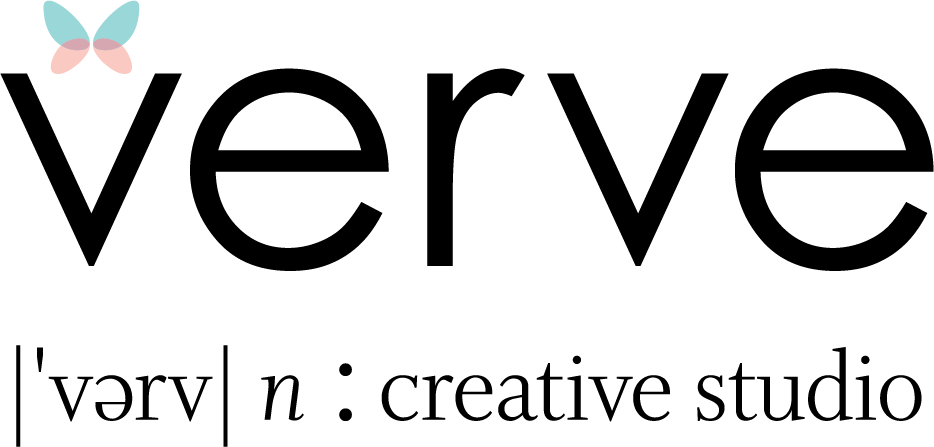
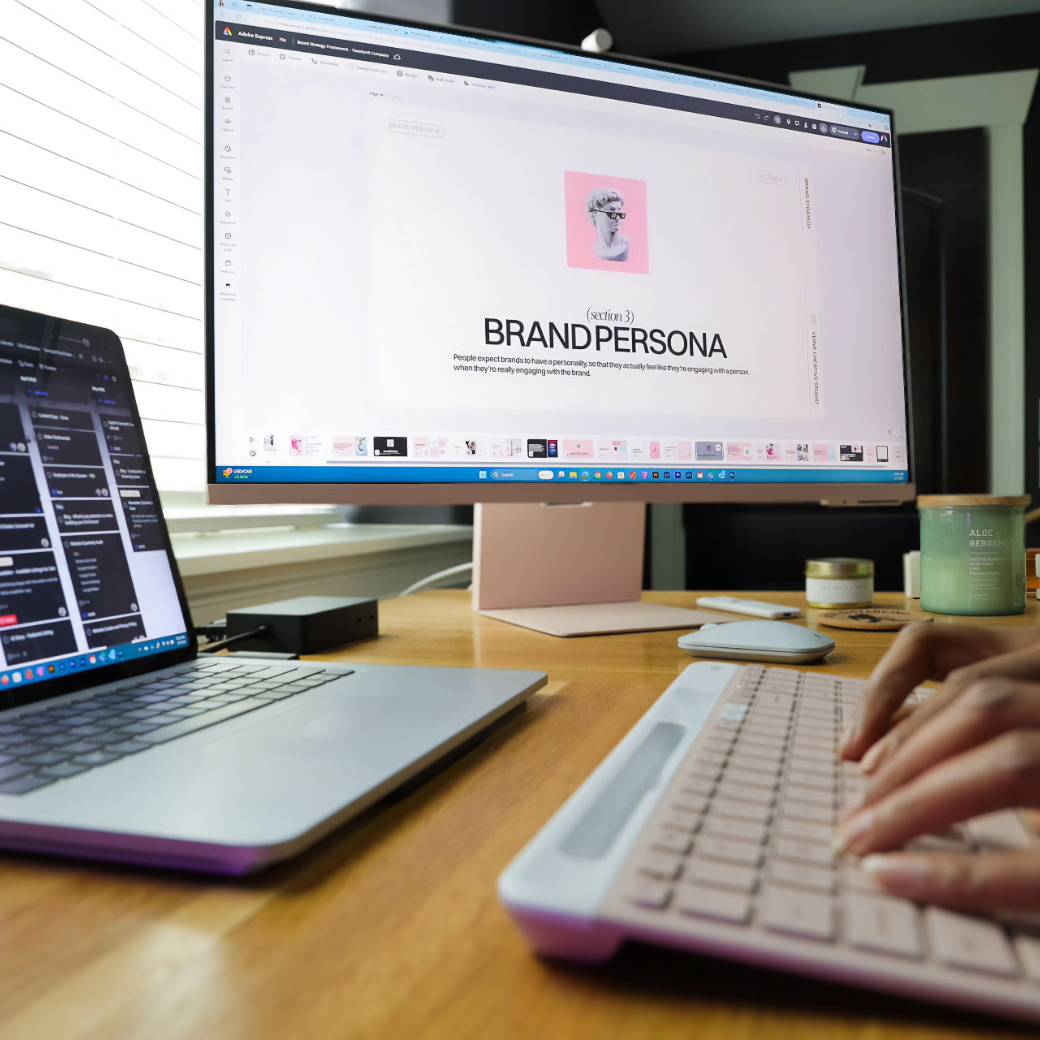
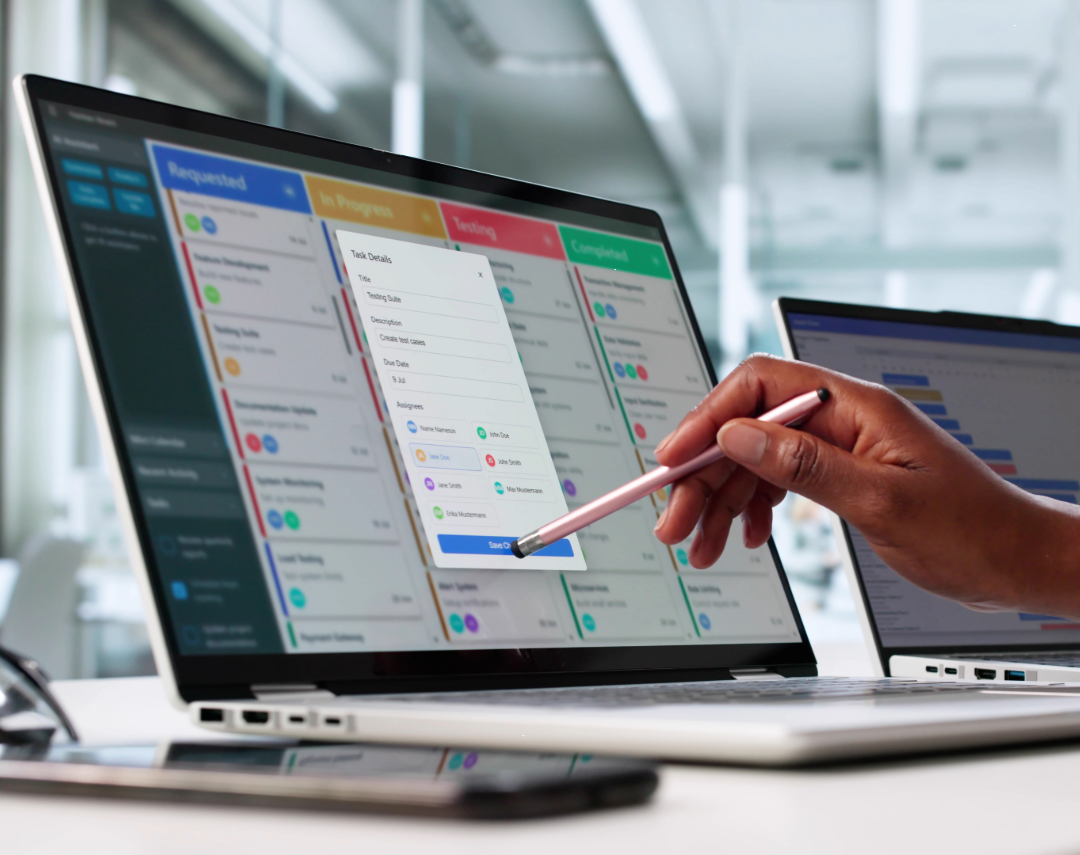


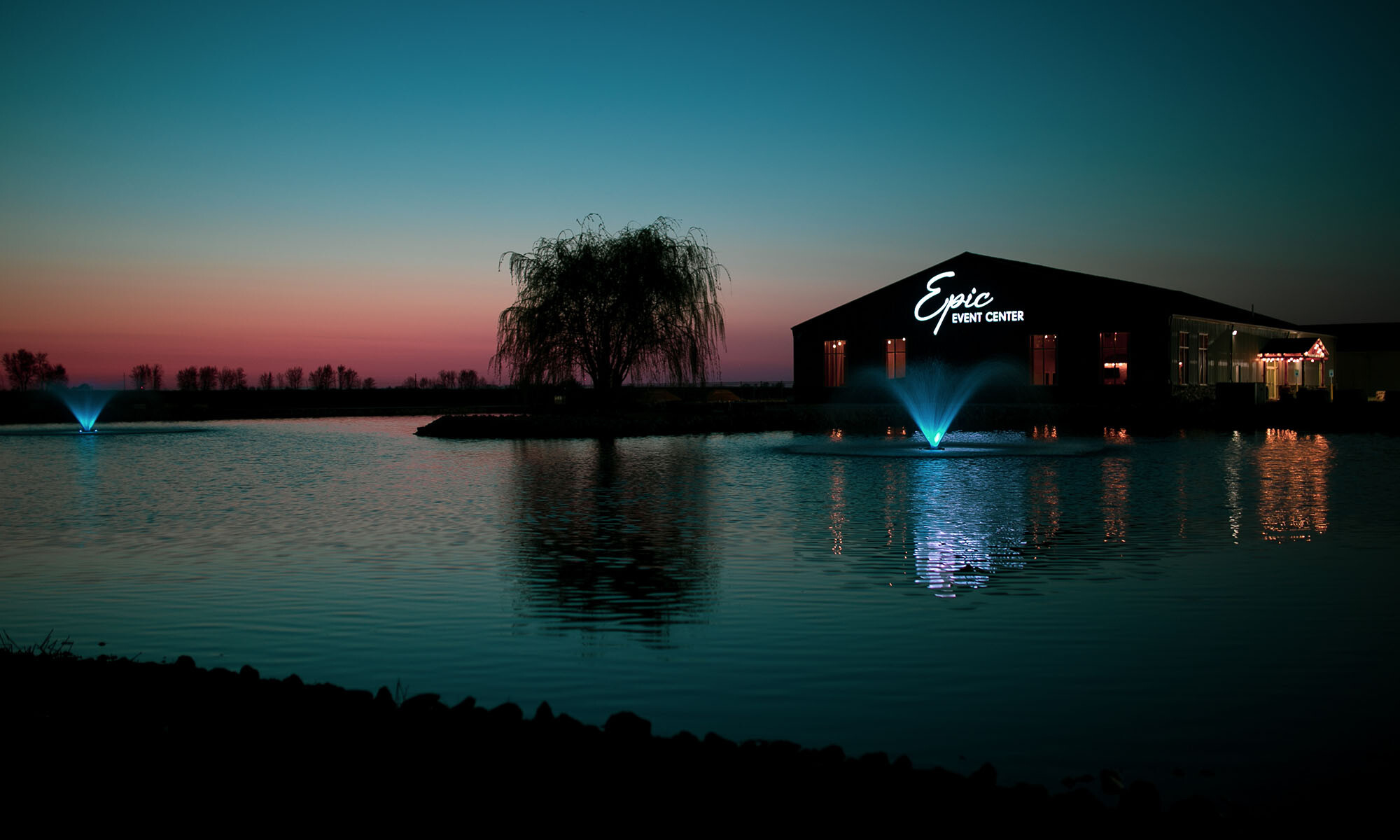






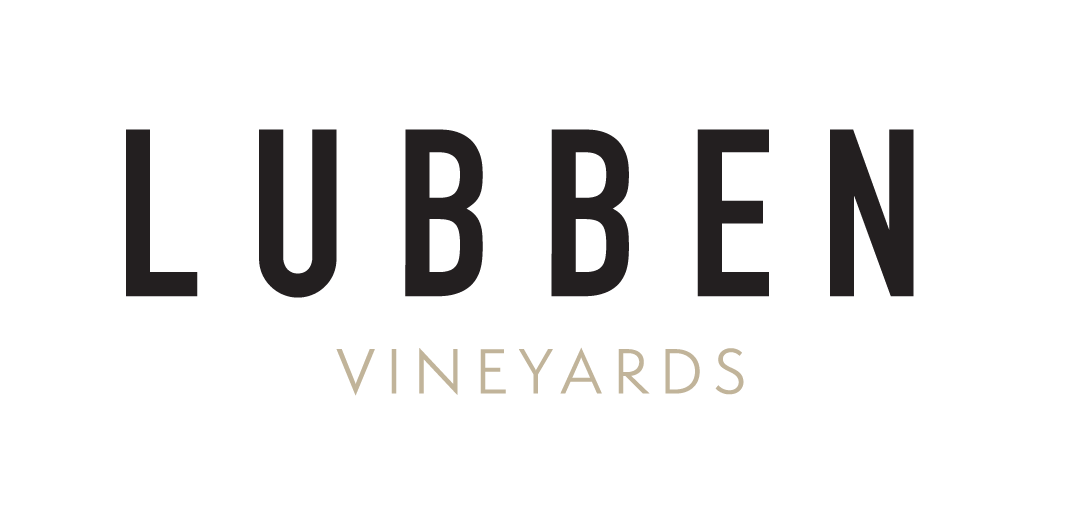
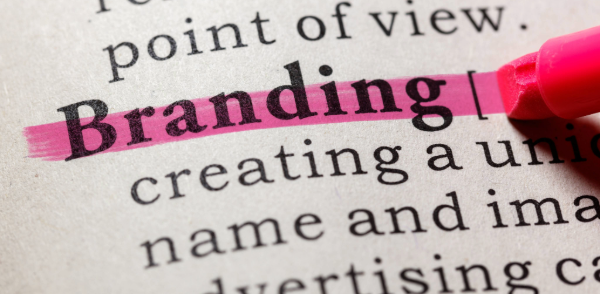


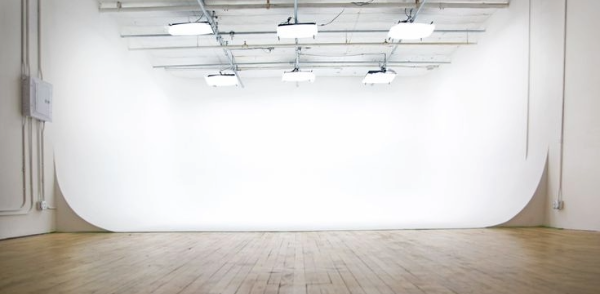


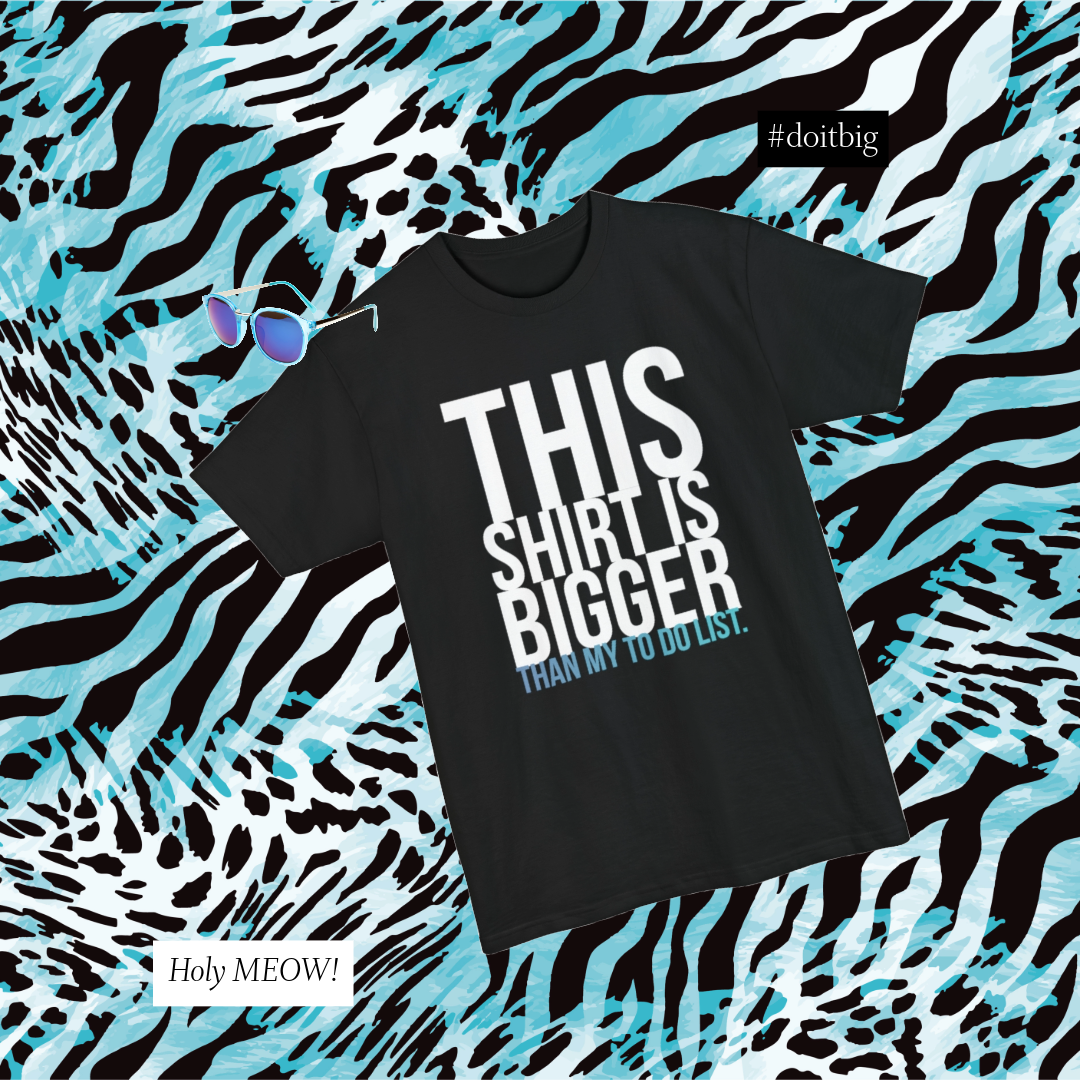
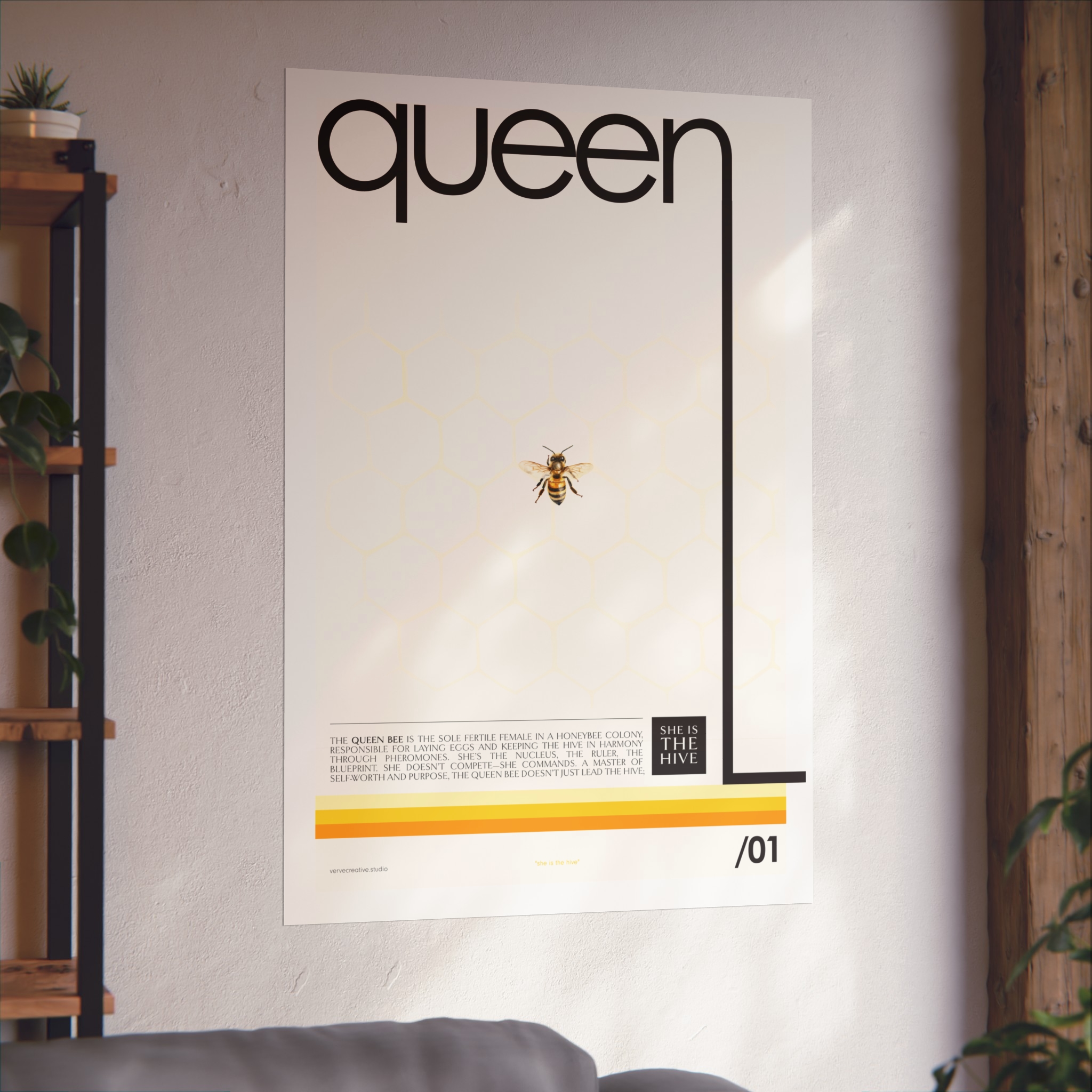
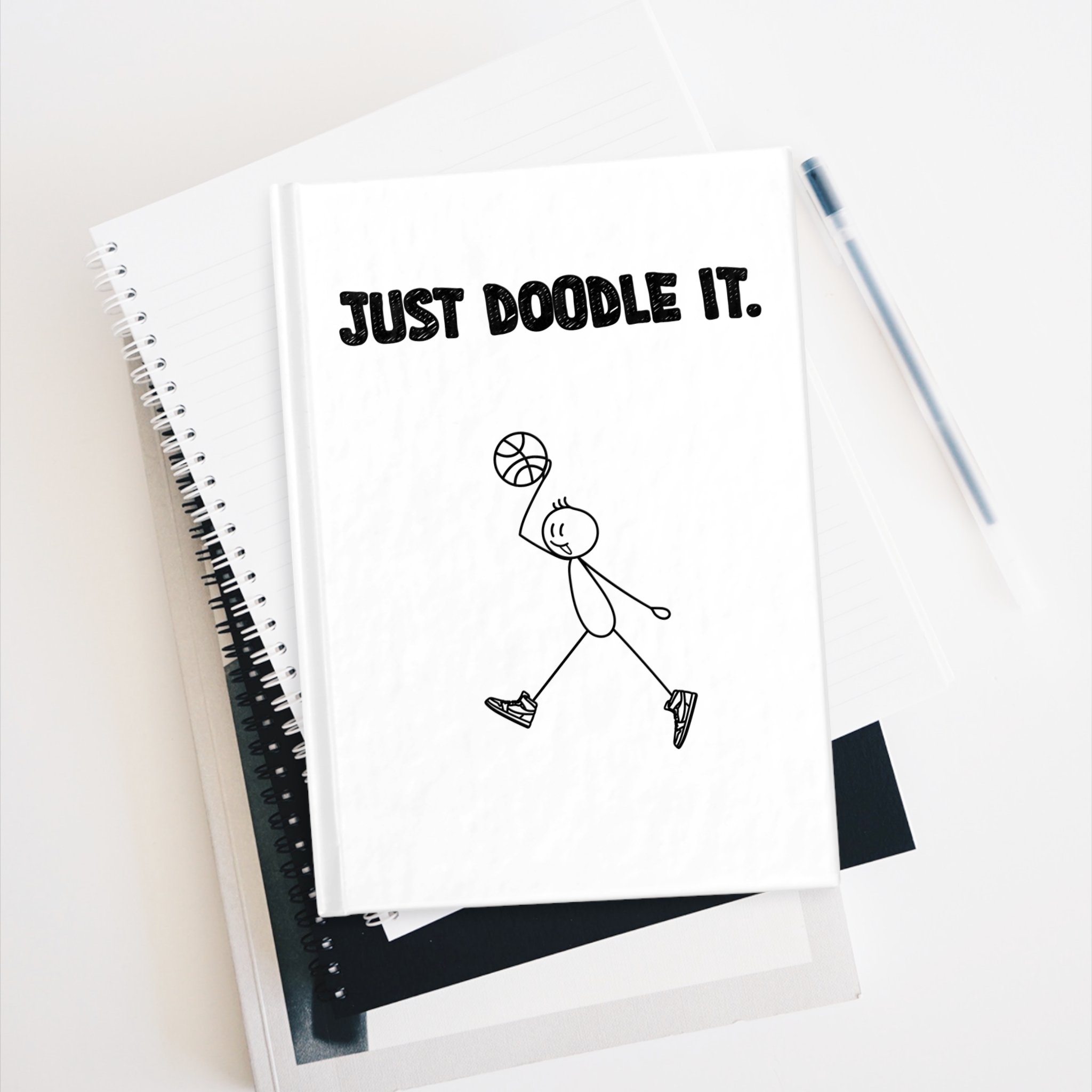
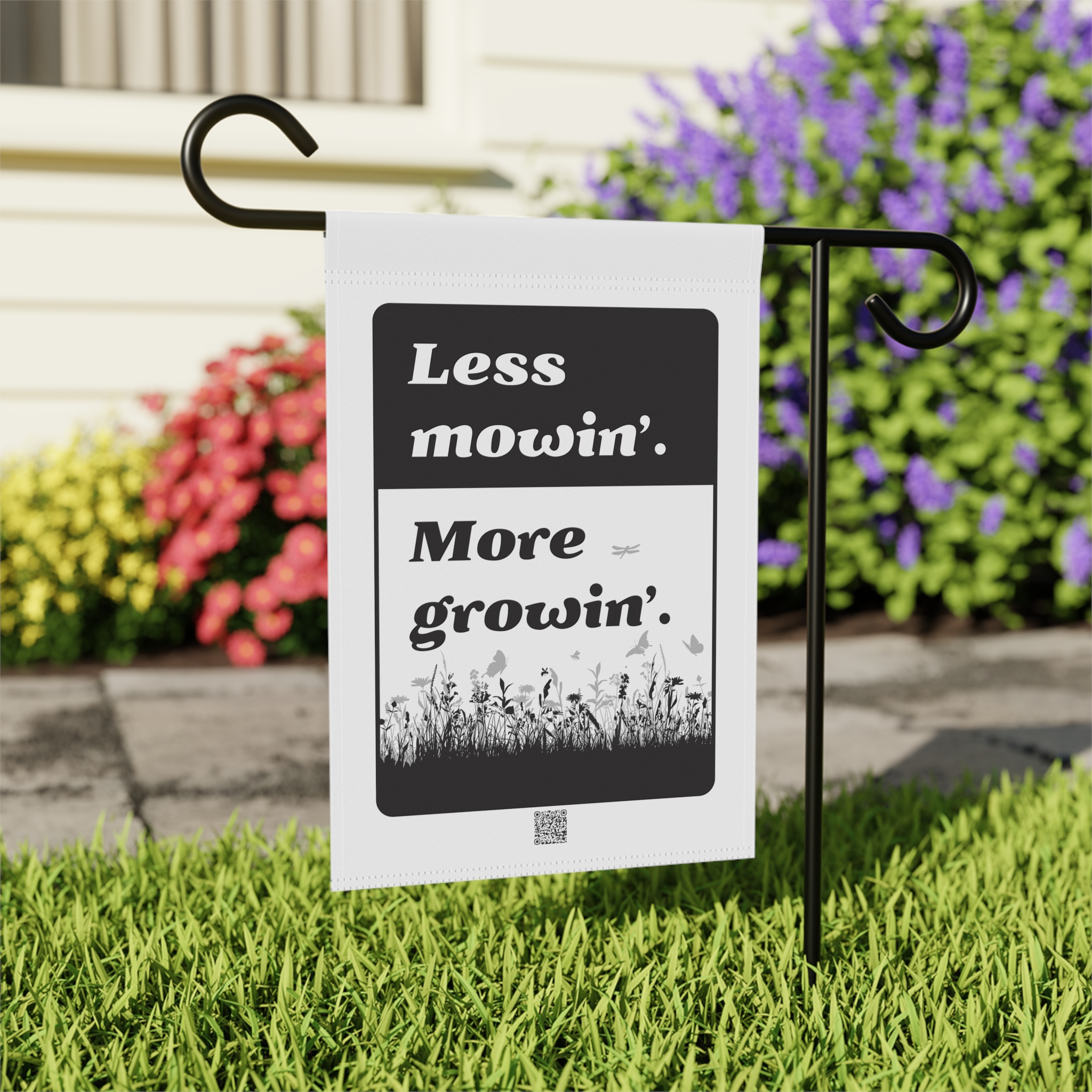


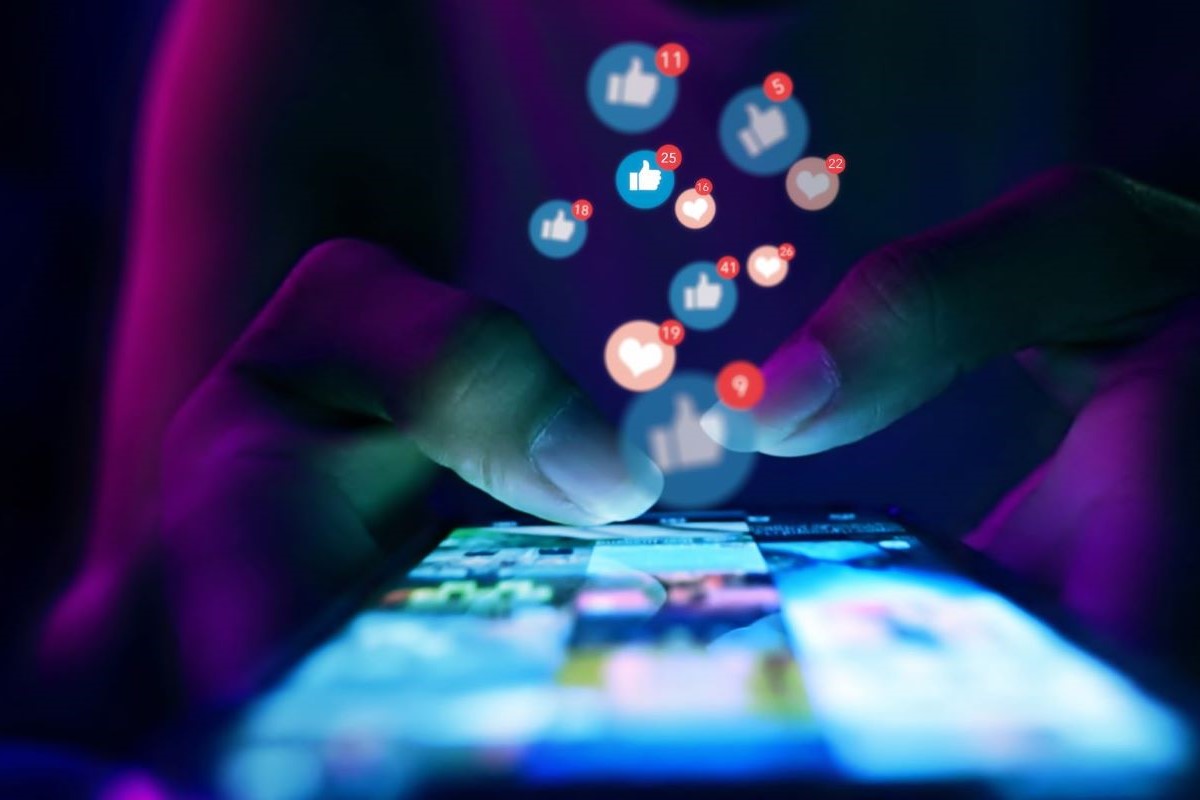
 Just giving you the heads up: We use cookies and other tracking doodads to make your browsing experience as sweet as a freshly baked batch (Website
Just giving you the heads up: We use cookies and other tracking doodads to make your browsing experience as sweet as a freshly baked batch (Website